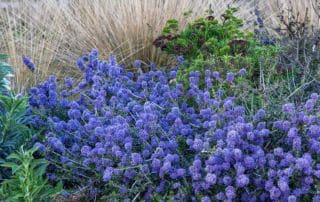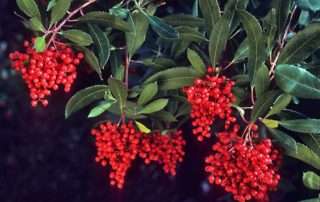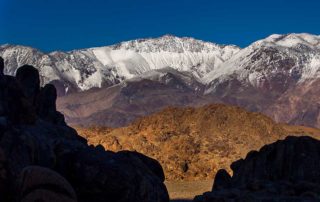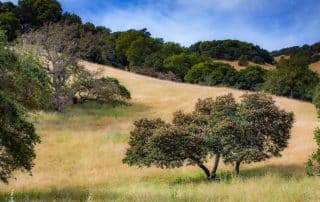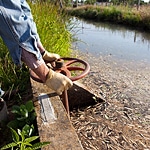April Showers Bring May Flowers — Or Do They?
If it seems that some of your trees or shrubs are leafing out or flowering early these days, it may be so. One of the most commonly observed effects of global warming is early onset of these usually reliable signs of approaching spring. Ceanothus maritimus ‘Valley Violet’ usually blooms in early spring. The species is native to coastal bluffs of San Luis Obispo County, California. We know that global warming is not just something that will happen in the future. It’s happening now, has been for decades, and the speed of change is accelerating. According to the


